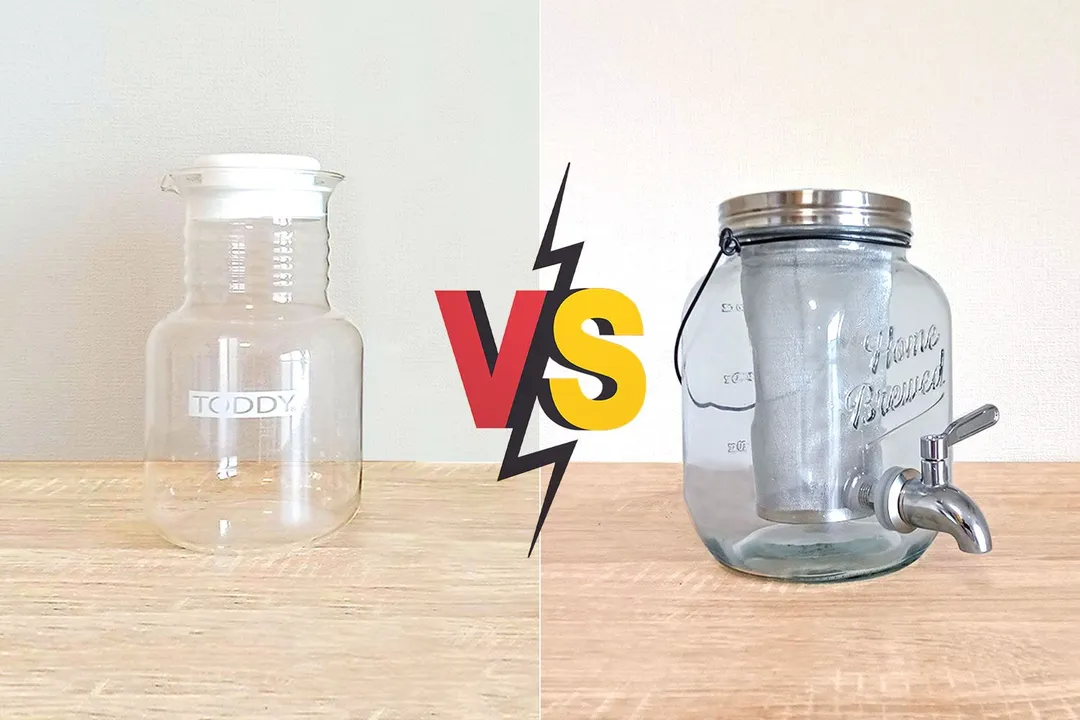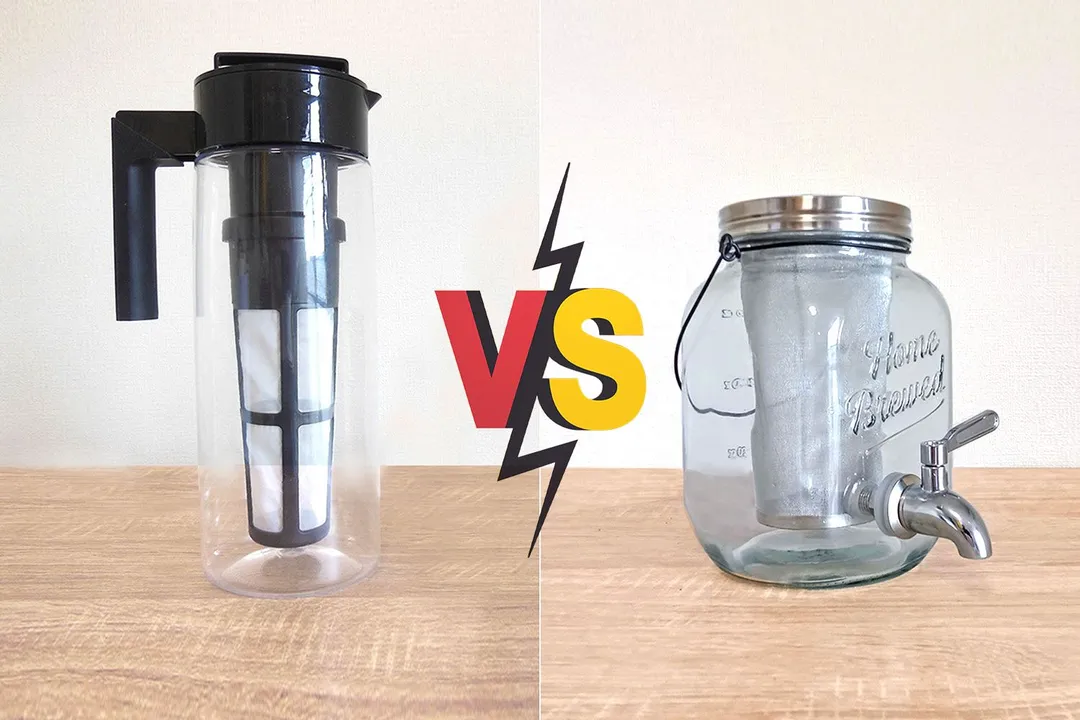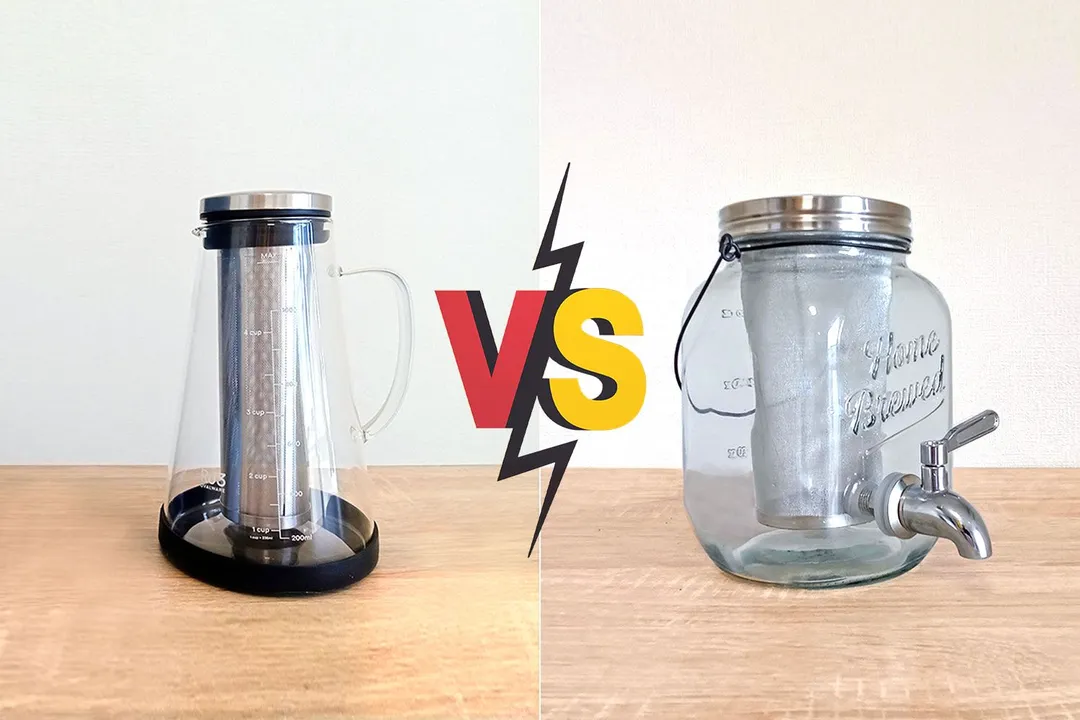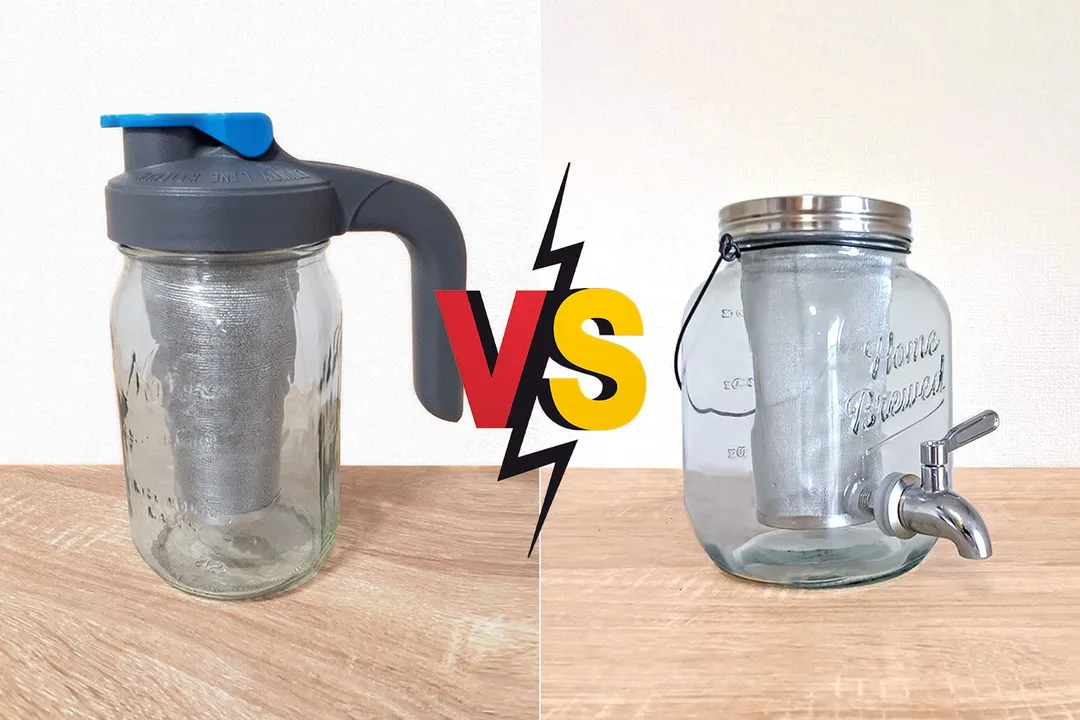Our recommendations are made independently through Research & Testing. We may receive commissions from purchases made via our links.
Oxo Compact vs Willow & Everett Side-by-Side Comparison
OXO Compact vs the Willow & Everett mason jar. Check out the differences between one of the best compact brewers and one of the largest.
Oxo Cold Brew Compact
Tested Using Methodology v1.0Willow & Everett 1 Gallon
Tested Using Methodology v1.0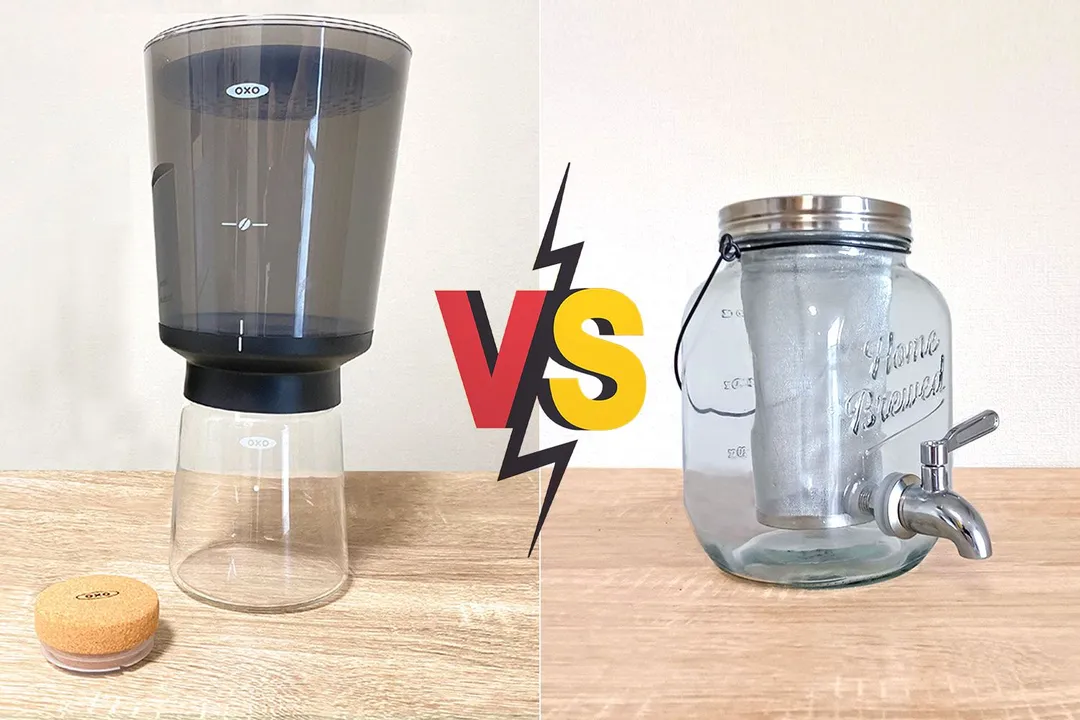
Overall Verdict
The OXO Compact is one of the smallest brewers using the free-style brewing method. It produces 16 fl.oz (470 ml) of high strength concentrate (1:4 ratio) that can be diluted up to three parts.
The Willow & Everett, on the other hand, comes in a half as well as full gallon size. Its brew ratio is 1:9 and the design of the filter allows for quite a good brew to develop. The brew quality and strength is one of the best for an immersion filter brewer, and it can be further diluted up to a 1:1 part ratio.
If you’re looking to brew quantity and quality the Willow & Everett is a good choice. The one gallon container, however, can be cumbersome while pouring out the last 20% of the liquid from the top, as the tap is slightly above the base.
For the Willow & Everett, the build quality is not that great - especially the lid - and the tap doesn’t work so easily at first. The OXO Compact, on the other hand, is one of the easiest brewers to use, and decanting is swift and effortless.
Pros & Cons
- Compact design
- Quality packaging
- Aesthetic decanter
- Easy measuring
- Pours very smoothly
- Funky design
- Brew ratio
- Brew quality
- Tap dispenser
- Stopper doesn’t fit tightly
- Sensitive decanter valve
- Brew not so complex
- Lid design
- Weak glass around tap
- Tap is temperamental
- No literature
Key Specs
Where to Buy
*You help support HealthyKitchen101's product testing and reviews by purchasing from our retail partners.
Analysis and Test Results
Brew Quality
Bouquet
Drinkability
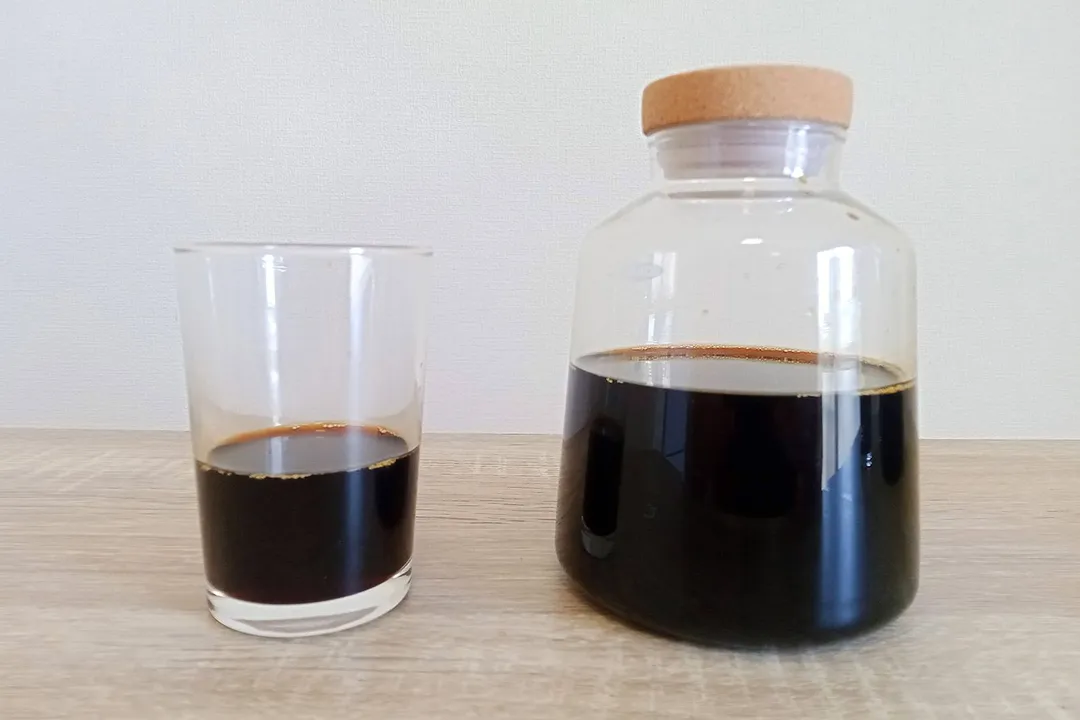
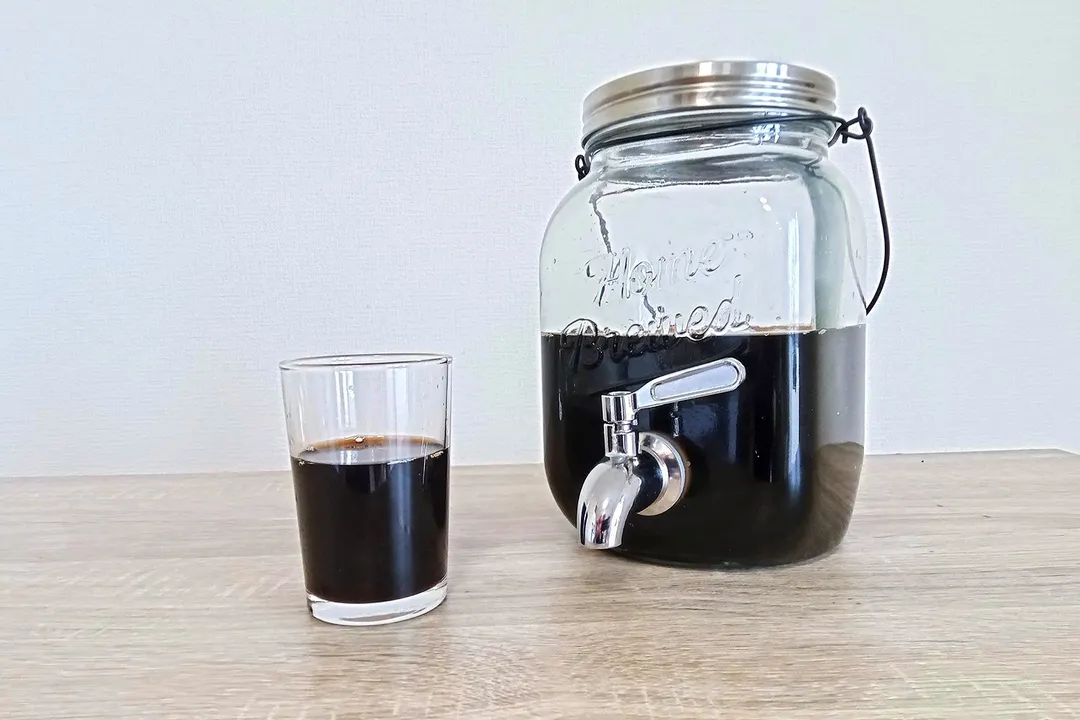
Sediment
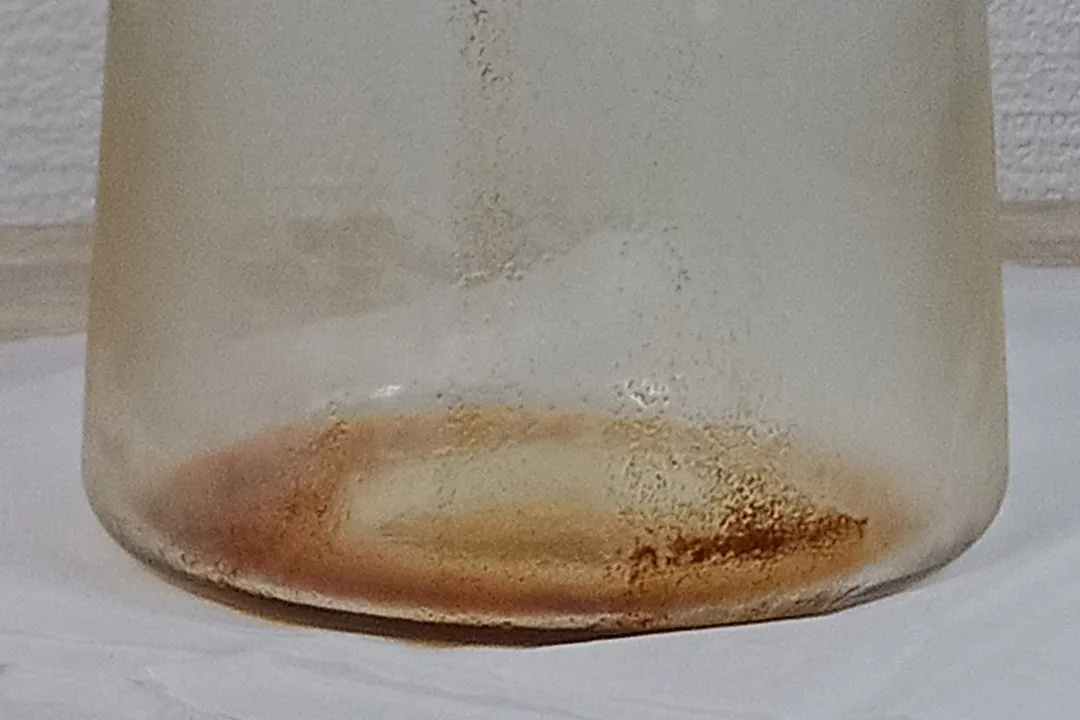
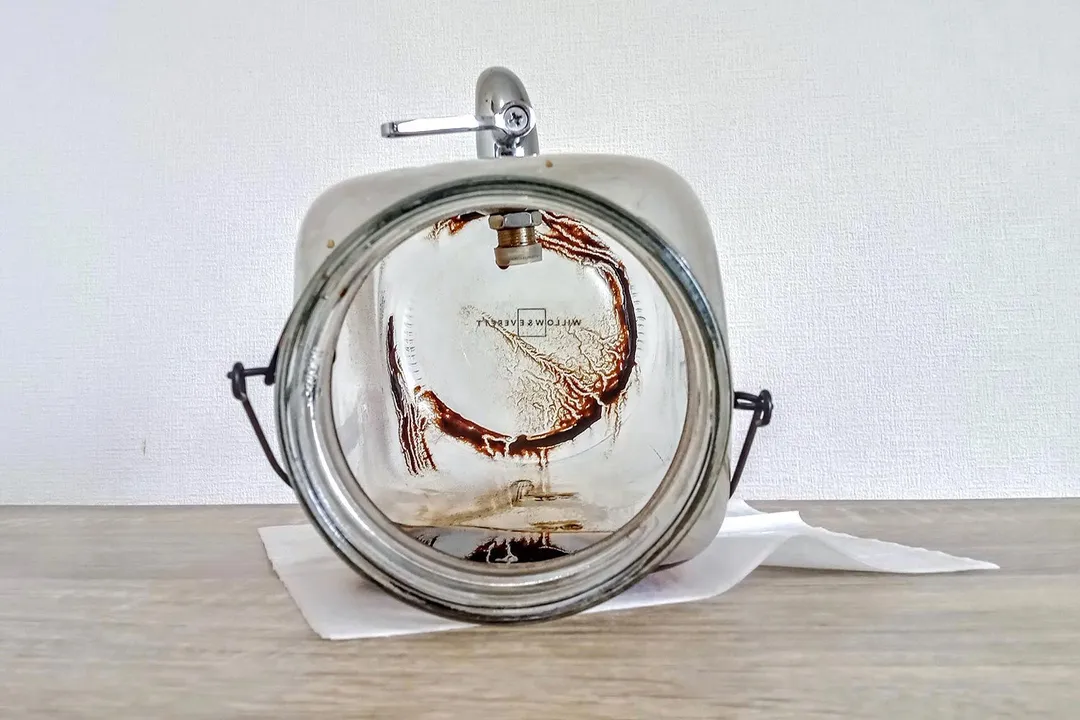
Design
In the Box
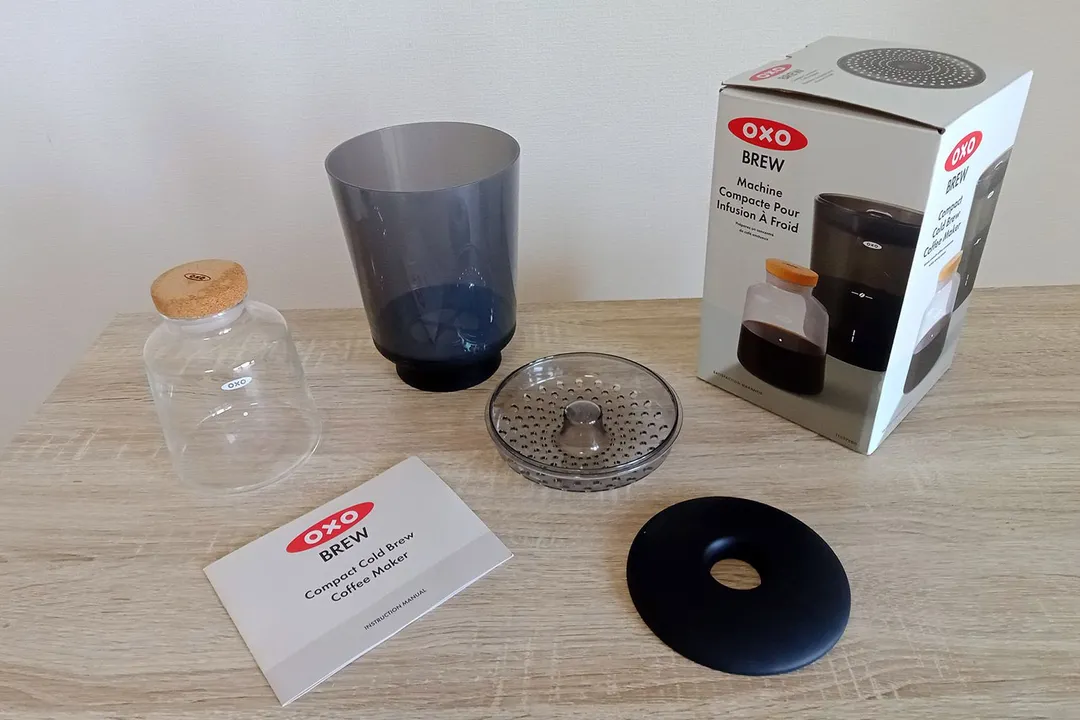

Decanter
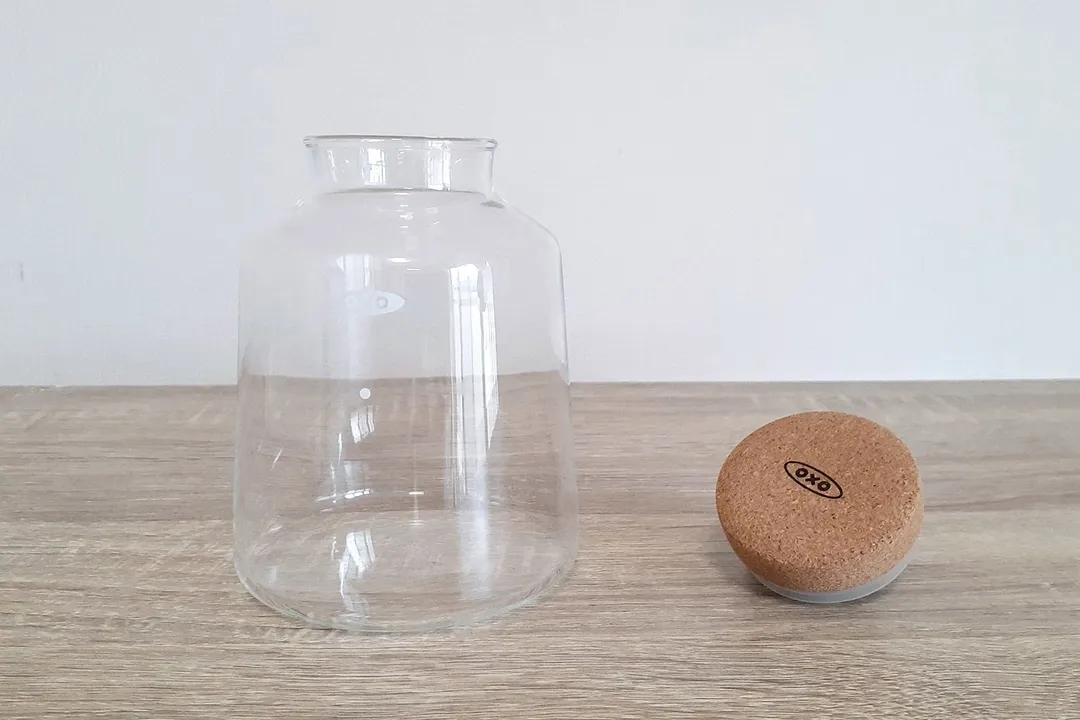
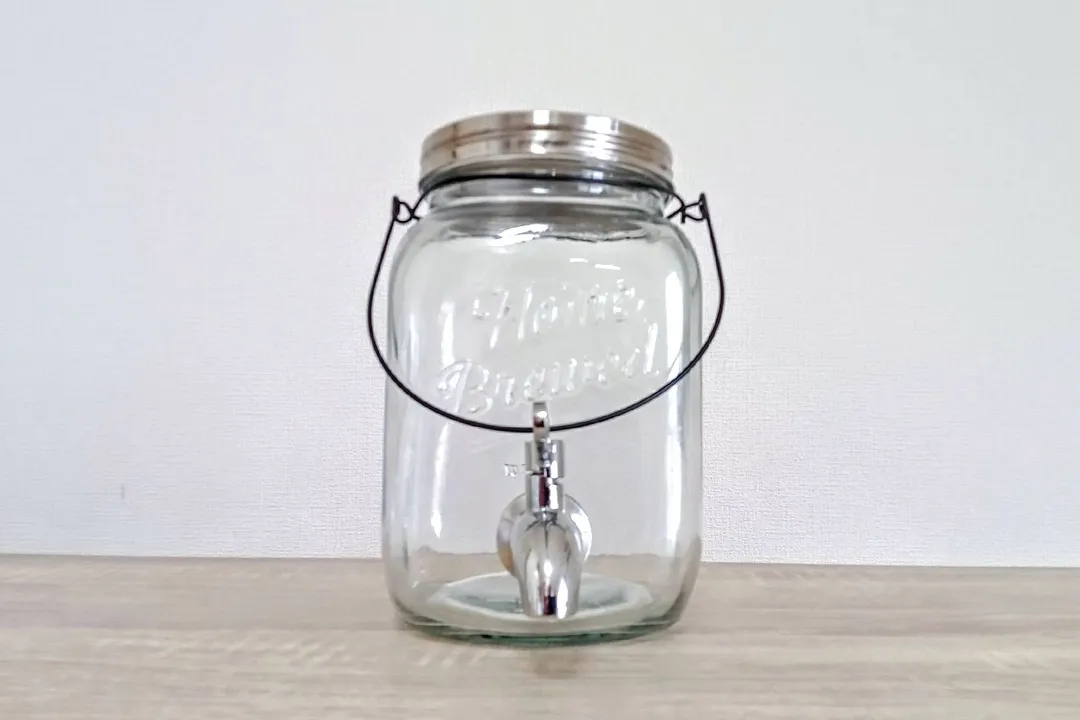
Stopper / Lid
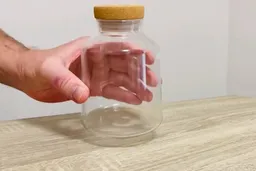
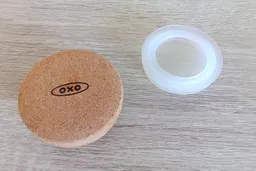

Filter
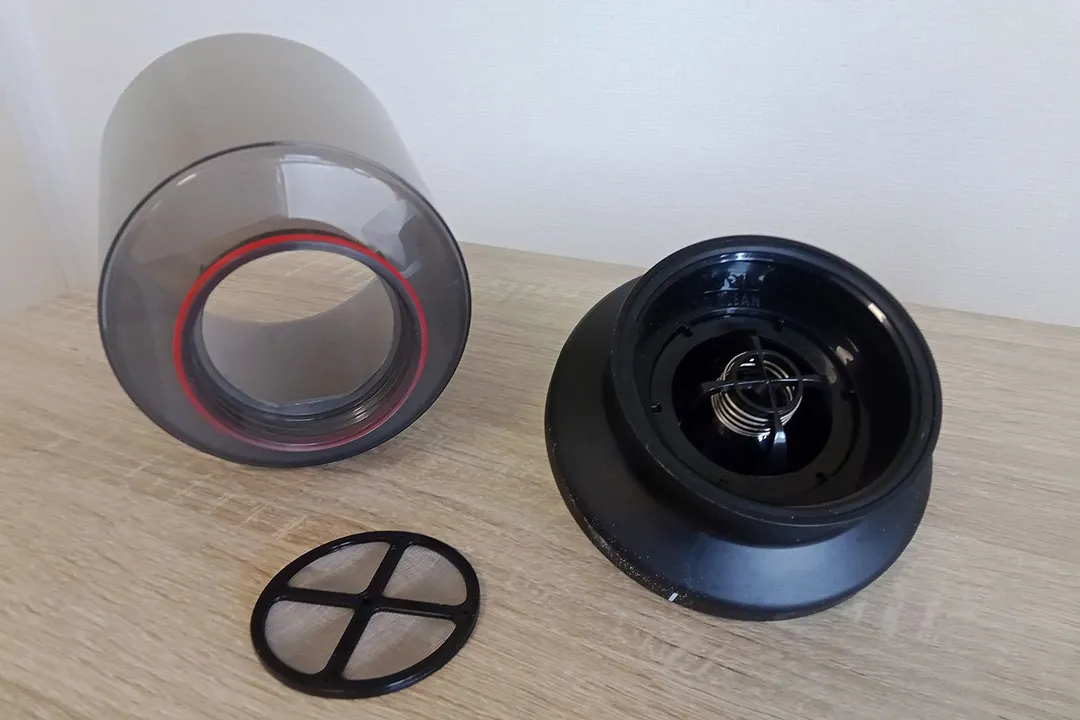

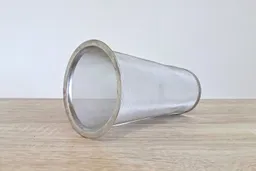

Build Quality
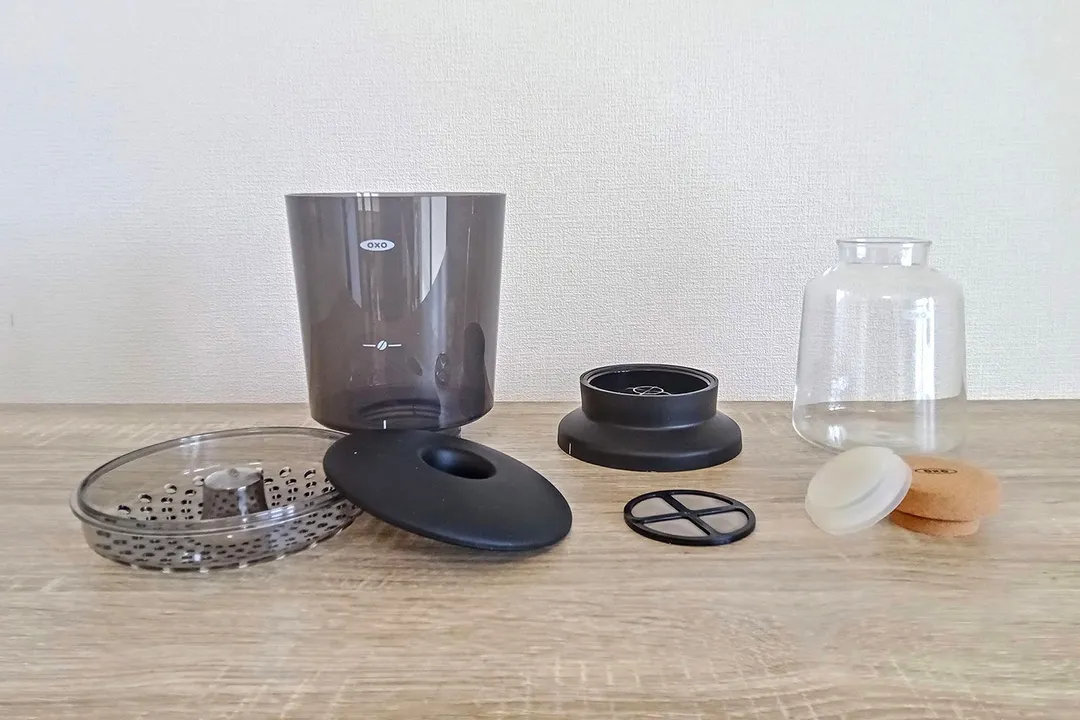

Usability
Brewing
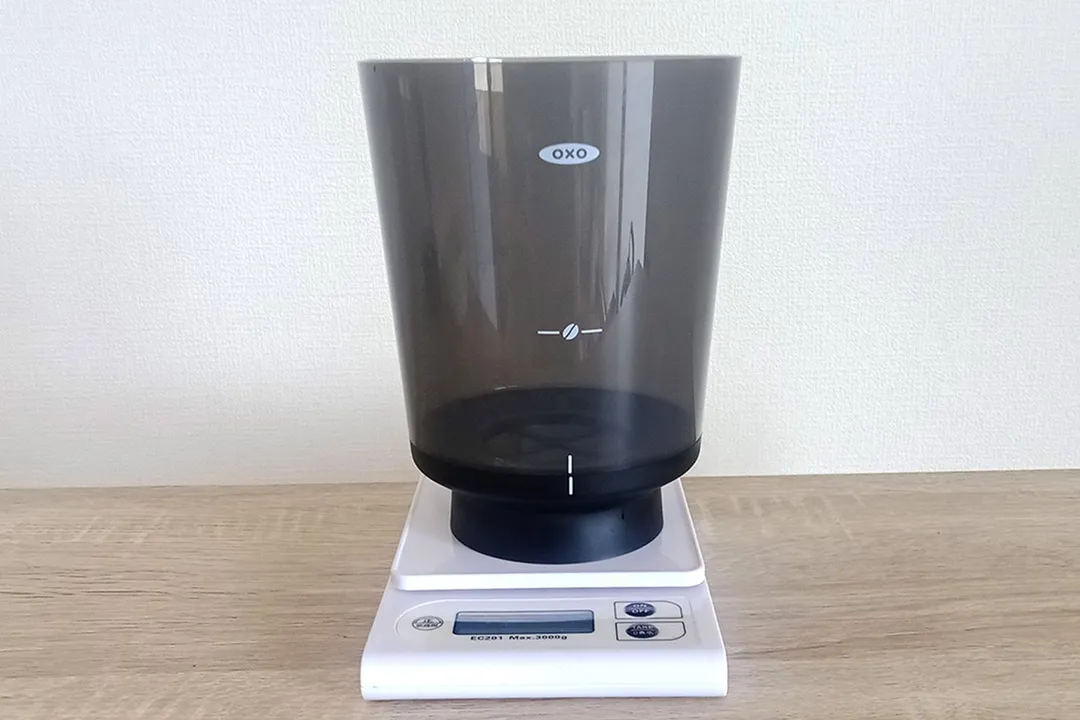

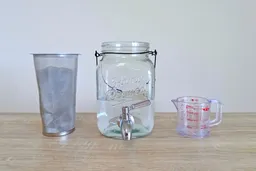

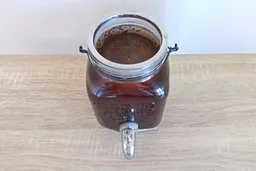
Decanting
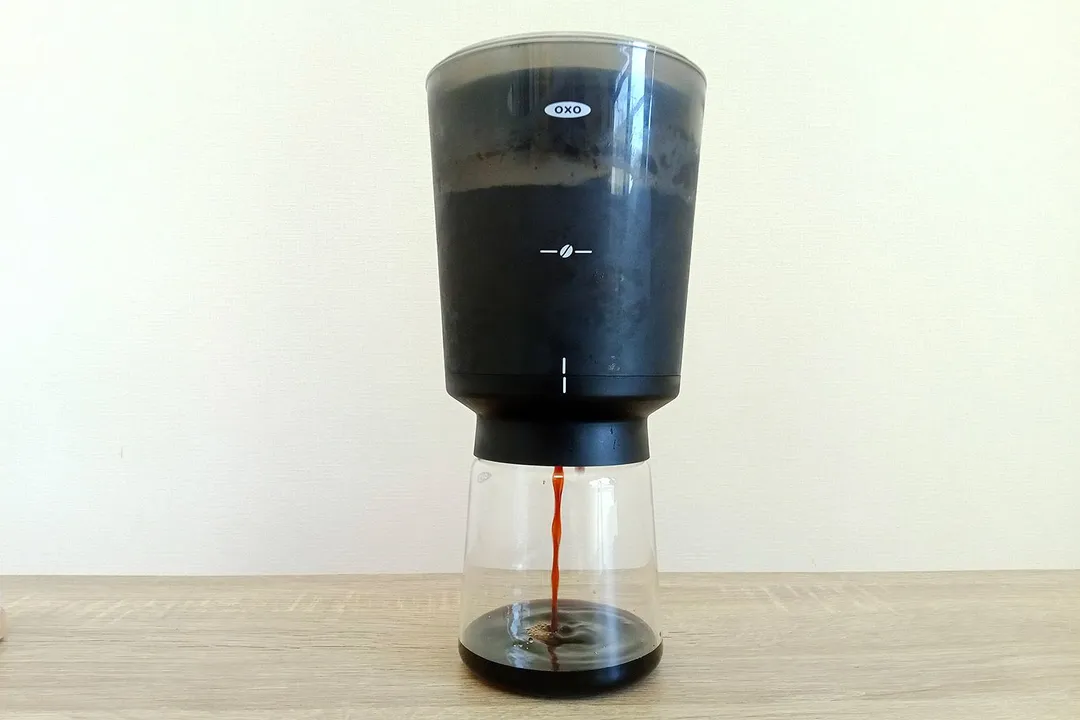
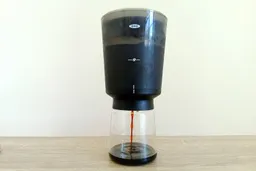
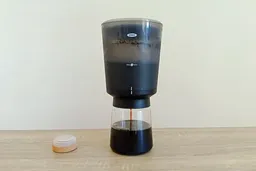
Cleaning and Storage
Behind the Comparison
Roger Shitaki is a writer, author, and editor. His niches are household appliances, health & wellness, and travel. He’s a freelance contributor to a Tokyo lifestyle website and a leading ophthalmology magazine in Asia.

